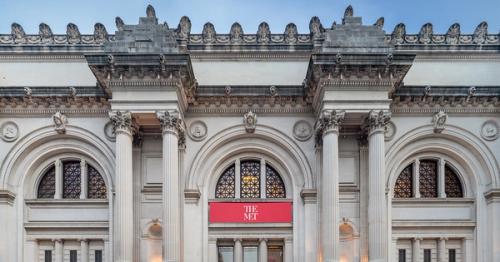Over the course of the twentieth century, Philip and Robert Lehman amassed 230 remarkably varied pieces of European sculpture and metalwork, now part of the Robert Lehman Collection at The Metropolitan Museum of Art. Presented here are exemplary aquamanilia, bronze sculptures, medals, and plaquettes dating from the Middle Ages through the twentieth century. Acquired from the most prominent dealers in Europe and the United States, many of the objects were accompanied by illustrious provenances, including Buckingham Palace, European nobles, and the American financier J. Pierpont Morgan. An early highlight from the Southern Netherlands is a medieval aquamanile, the finest of its type, depicting the theme of foolish love in the fable of Phyllis and Aristotle. Later standouts include four superb brass fifteenth-century Belgian sculptures of Saints Adrian, Stephen, John the Evangelist, and Peter that probably once adorned a lectern or baptismal font. A delightful household sculpture from sixteenth-century Padua takes the form of a perfume burner surmounted by a faun. Another decorative bronze, dating to about 1600, depicts a commanding figure of Mars in the guise of a musketeer loading his weapon. The middle section of the book is devoted to the entire group of Lehman medals and plaquettes—its 117 pieces constitute more than half of the holdings described in this catalogue. Italian, German, French, and Netherlandish works are represented, lending an impressive geographical and chronological breadth. Rarely on public view, this fascinating collection is fully revealed for the first time. These, as well as all the works included here, are illustrated, the majority with new color photography made expressly for this book. Enhancing the in-depth scholarly discussions are professionally researched provenances, exhibition histories, and references, as well as selected comparative illustrations. The volume also includes a bibliography and an index.











